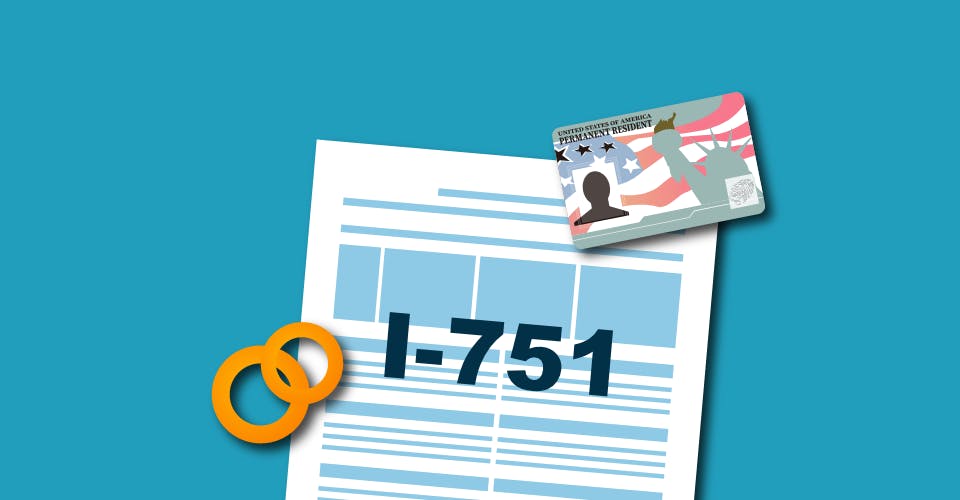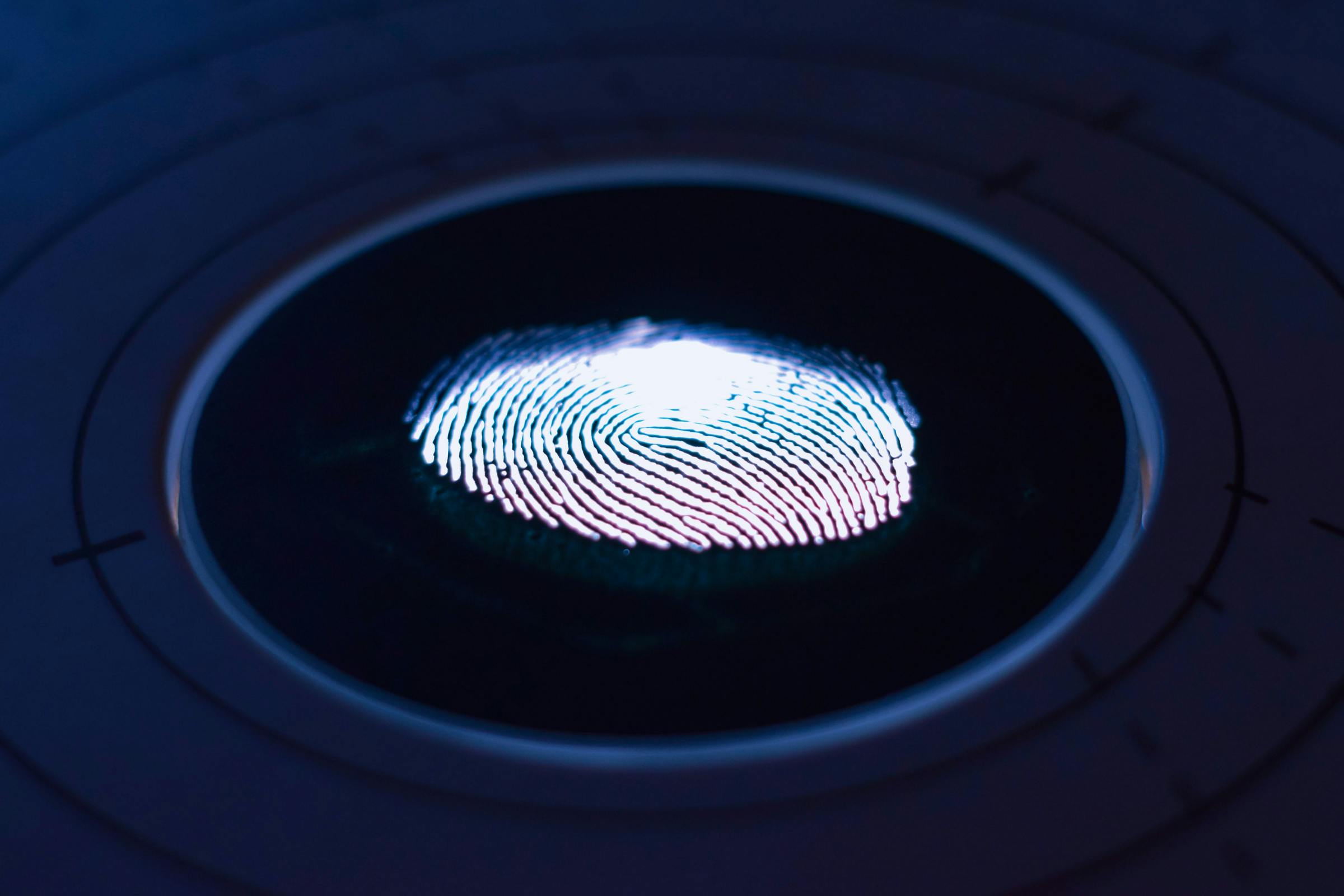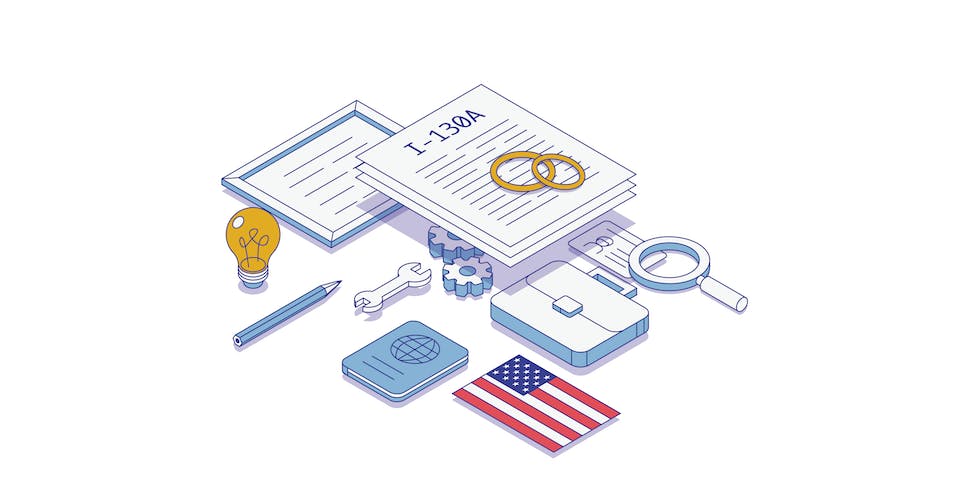The I-751 Petition to Remove Conditions on Residence should be filed by 2-year conditional permanent residents. Applicants should have received a 2-year conditional green card because at the time of filing for a green card had only been married to a U.S. citizen for less than two years. Applicants must generally file Form I-751 during the 90-day period before the expiration date of their conditional green card. In addition, applicants are perfectly within their rights to remain in the United States while their I-751 is pending with the USCIS.
Processing and Fees
The processing time for the I-751, granted that all of the documentation is submitted correctly (such as a marriage certificate), averages between 6-8 months. Compared to other USCIS forms, this is relatively quick. However, if your marriage ends before filing an I-751 and you cannot file jointly, you (the conditional resident) will need to also file an I-751 Waiver. Applications with waivers can take up to a year of processing, and maybe require a USCIS interview/RFE.
The filing fee for the I-751 is $595. There is also an $85 Biometrics fee, if applicable.
How to fill out the I-751
The I-751 is 11 pages long and is worth reviewing so applicants can be aware of any technical questions, and how to handle them appropriately.
In Part 1, the principal applicant (conditional resident) will complete information relating to their nationality at birth, their Social Security number (if applicable), and any online USCIS account number. In addition, conditional residents will answer questions regarding their marital status (if they have divorced), the date of their 2-year expiration (posted on your C2 green card), as well as your physical U.S. address. If you are divorced and have since moved, or have lived at any additional addresses, per question 22, you’ll need to include these addresses in Part 11, Additional Information.
Part 2 is a straightforward biographic section where applicants (conditional residents) will enter information regarding there height, weight, age, eye color, etc.
In Part 3, conditional residents only need to check one box in either the “Joint Filing” category, or the “Waiver or Individual Filing Request”. In other words, if your conditional residence is based on marriage to a U.S. citizen and you select “My Spouse” under the Joint Filing section, leave the waiver section blank.
In Part 4, the conditional resident will providing information about their spouse (either a U.S. citizen or green card holder). Applicants should list their name, DOB, Social Security Number, as well as their current U.S. mailing address.
In Part 5, the application gives multiple spaces for you to list all of the children you have. This includes stepchildren given the INA definition of a child includes this category. After listing each child’s full name, DOB, and Alien Registration Number (A-Number), the form also asks applicants if they are living with you, and question 5, if “the child is applying with you?” That means did the child get a 2-year conditional green card at the same or within a few weeks of the parent. If so, it’s important to check the Yes box, that way your child will not have to file his/her own I-751 petition.
The I-751 requires conditional residents and their spouses to attend a USCIS interview before having their green card renewed. If you need to request a specific accommodation at such interview, you’ll need to explain that in Part 6.
Part 7 is where the conditional resident will give their signature, and also provide contact information in case the USCIS needs to reach the applicant. In Part 8, the U.S. citizen spouse or legal permanent resident will need to sign their name, and acknowledge the appointment at a USCIS support center.
In Parts 9 and 10, conditional residents should have any interpreter sign their name, if applicable, and also have their attorney, if applicable, fill out and sign their name.
Supporting Documents
In addition to filing this application by mail, applicants also need to submit photocopy evidence of the following, and place it in the same envelope/parcel before submitting to the USCIS:
1. Photocopies of your conditional resident card, as well as any copy of a dependents permanent resident card (for example take a photocopy of your child’s conditional green card).
2. Birth certificates of children born during the conditional residents marriage (if applicable)
3. Lease or mortgage contracts showing joint occupancy or ownership of a residence.
4. Photographs of milestone events such as a wedding anniversary dinner (for further evidence of a bona fide marriage).
5. Affidavits sworn to or affirmed by at least two people who have known both of you (conditional resident and U.S. citizen) since your conditional residence was granted and have personal knowledge of your marriage and relationship. Affidavits must include the persons name, address, place of birth, and how the individual knows both marital partners.














